Commitment to equitable care
At Gilead, equitable care means striving to ensure all patients have a fair and equal opportunity to attain their highest level of health. This includes actively reflecting, in our clinical trials, the diverse populations we serve, and collaborating with organizations to reach underrepresented communities.
In addition to Gilead, various organizations, including the Centers for Disease Control and Prevention (CDC), are leading efforts to help eliminate preventable health disparities and overcome economic and social hurdles to healthcare.
There’s a potential economic gain to the U.S. healthcare system of $135 billion per year if racial disparities alone in healthcare are eliminated, according to the W.K. Kellogg Foundation.1


HIV is a significant public health issue in the U.S.
In 2021, over 36,100 people were newly diagnosed with HIV2,*
Racial and ethnic disparities in new HIV diagnoses and viral suppression persist2,†
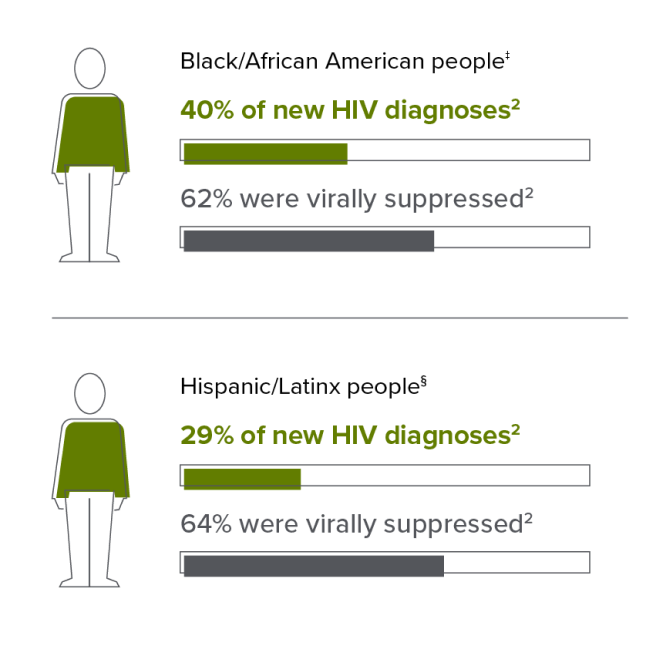
Significant progress needs to be made toward ending the HIV epidemic4
Ending the HIV Epidemic: A Plan for America is a federal effort that scales up key HIV testing, prevention, and treatment strategies with bold goals for 2025 and 2030. Current progress in a few of the key strategies indicates more needs to be done.
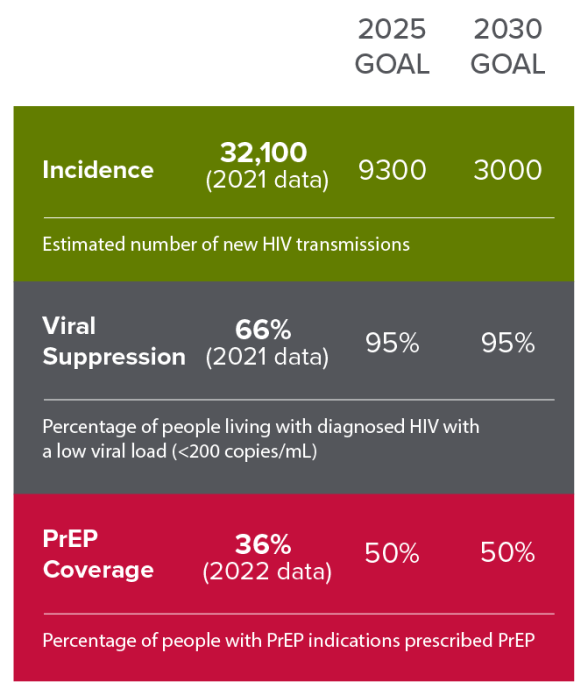
Gilead’s work in HIV continues to span the full continuum of HIV care—working toward the ultimate goal: ending the epidemic
Through our initiatives, we’re working with patient organizations, payers, and healthcare providers to help end the HIV epidemic, including engaging HIV thought leaders in a discussion at a recent conference focused on HIV prevention.
What are your organization’s goals and priorities in the area of health equity?
AIDSVu.org was developed by the Rollins School of Public Health at Emory University in partnership with Gilead. Gilead provides this link as a convenience.
Viral hepatitis disproportionately affects select populations

In 2020, the rate of newly reported chronic hepatitis B cases (CHB) among API persons was almost 12 times that of non-Hispanic White persons.
In 2020, the rate of newly reported chronic hepatitis B cases (CHB) among API persons was almost 12 times that of non-Hispanic White persons.
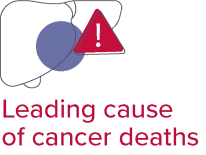
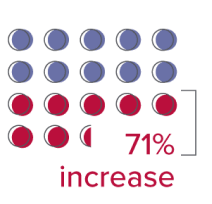

The rate of acute hepatitis C (HCV) cases increased 71% from 2014 (0.7 per 100,000) to 2018 (1.2 per 100,000)7; more than half of people who become infected with HCV will develop chronic infection.8
HCV disproportionately impacts select populations7
- American Indian/Alaska Native
- Black, non-Hispanic
- People who inject drugs
- People with HIV
- People born from 1945 to 1965
In people who are incarcerated, HCV prevalance is high among disproportionately affected groups such as people who inject drugs.
In 2018, two-thirds of acute HCV cases occurred among patients 20-39 years of age, who are most affected by the opioid crisis7

The prevalence of HCV infection in incarcerated populations ranges from 17.4% to 23.1%9

The National Viral Hepatitis Action Plan (NVHAP) sets forth a clear vision for how the U.S. will be a place where7:
- New viral hepatitis infections are prevented
- Every person knows their status
- Every person with viral hepatitis has high-quality healthcare and treatment free from stigma and discrimination
Though some progress has been made over time, the U.S. was not on track to achieve 2020 NVHAP targets based on a report in 20177
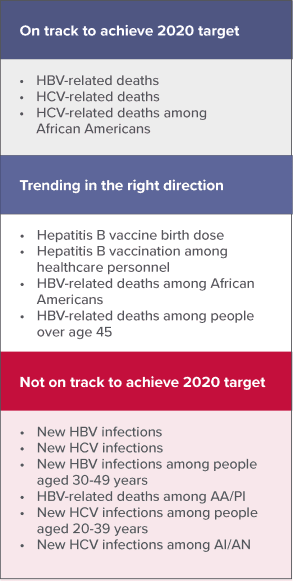
AA/Pl = Asian American/Pacific Islander; AI/AN = American Indian/Alaska Native; HBV = hepatitis B virus; HCV = hepatitis C virus. The NVHAP indicator uses AA/Pl, although the surveillance data refer to Asian/Pacific Islander.
Indicators from the NVHAP are monitored in annual progress reports. The progress in this table is from the 2017 Viral Hepatitis Action Plan Progress Report.
At Gilead, we are working toward the goal to eliminate viral hepatitis by supporting efforts to increase awareness, drive screening, and reduce disparities in care
How can a greater impact be made?
HepVu is presented by Emory University’s Rollins School of Public Health in partnership with Gilead Sciences, Inc. Gilead provides this link as a convenience.
The population health impact of COVID-19 has exposed long-standing inequities
Other races and ethnic minorities have an increased likelihood of COVID-19 when compared to white, non-Hispanic persons10
As of December 28, 2022:
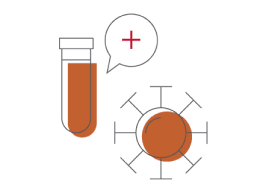
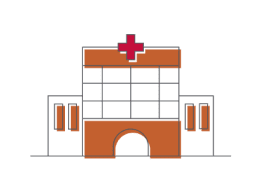

As of December 28, 2022
The CDC COVID-19 Response Health Equity Strategy broadly seeks to improve the health outcomes of populations disproportionately affected, by expanding11:
- The evidence base.
- Programs and practices for testing, contact tracing, isolation, healthcare, and recovery in order to reach populations that have been put at increased risk.
- Program and practice activities to support essential and frontline workers to prevent transmission of COVID-19.
- An inclusive workforce equipped to assess and address the needs of an increasingly diverse U.S. population.
Gilead is focused on deploying our resources and leveraging decades of antiviral expertise to help patients and communities fighting the COVID-19 pandemic
Gilead collaborated with global health authorities, government agencies, healthcare systems, academic institutions, nonprofit organizations, and individual researchers and clinicians to share and update information, and to bring the full weight of our science to help end this pandemic.
How can we drive change?
Despite being screened at a higher rate, more Black women are dying from breast cancer12-14
In 2019, Black women received mammograms at a higher rate than White women12
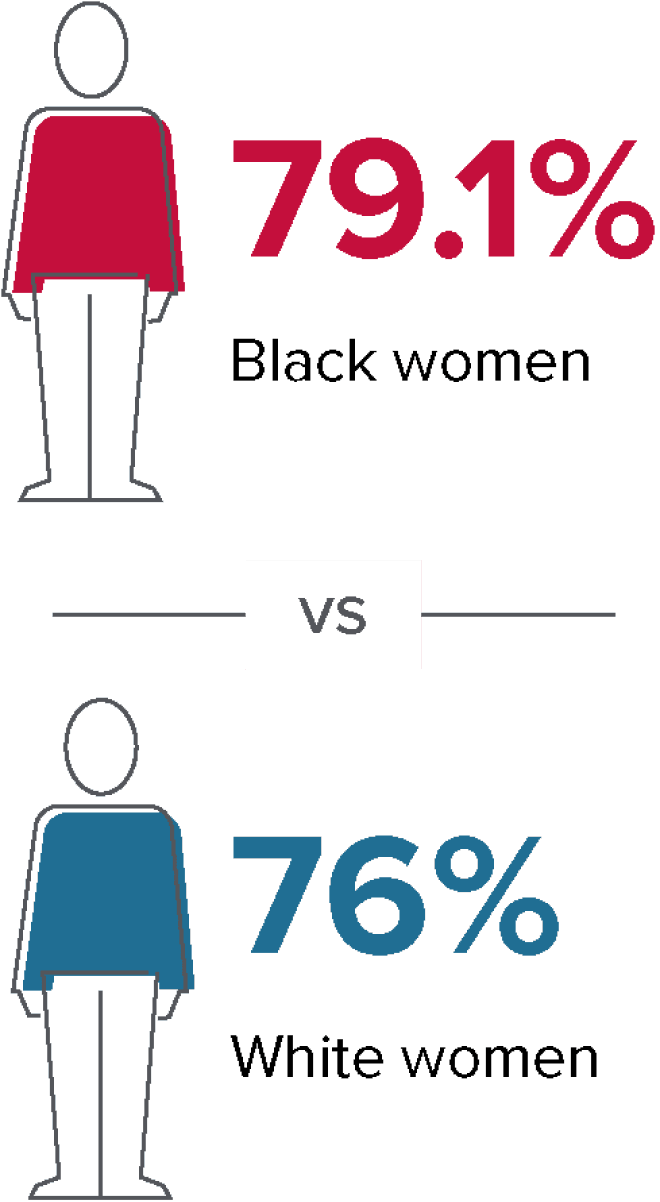
Even so, the death rate for Black women was 40% higher13
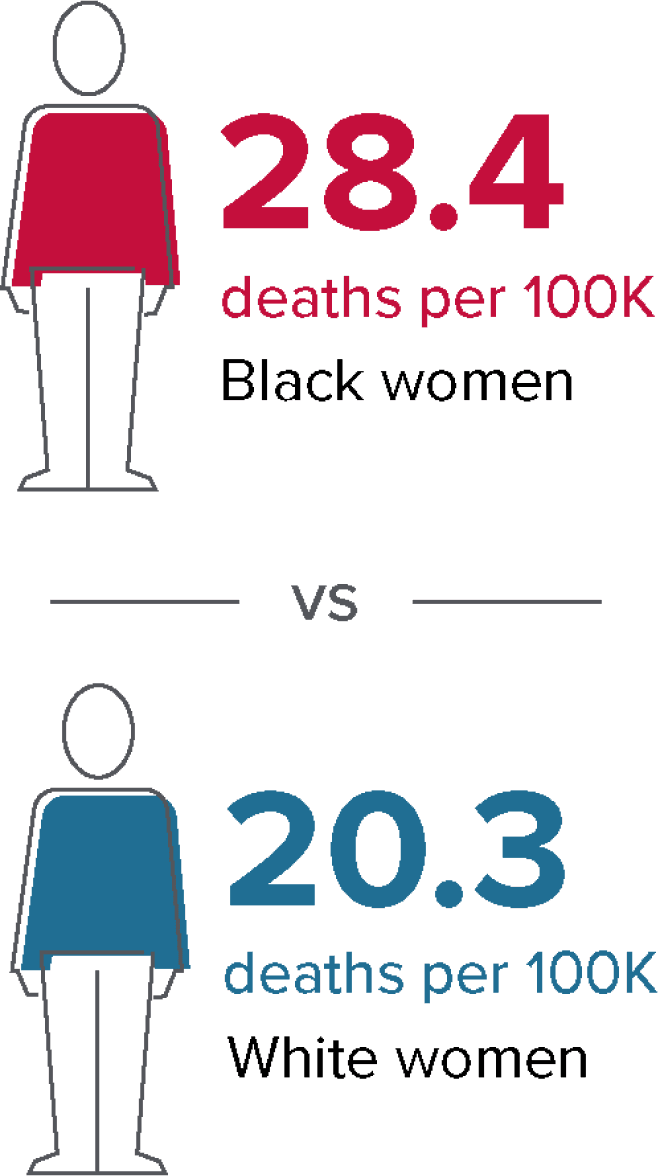
Although breast cancer death rates have gone down, higher rates among racial/ethnic groups are slowing progress14
Healthy People 2030 objectives
Established by the U.S. Department of Health and Human Services, Healthy People 2030 sets data-driven national objectives to improve health and well-being over the next decade. There are 2 key objectives specific to breast cancer:
Increase the proportion of females who get screened for breast cancer12
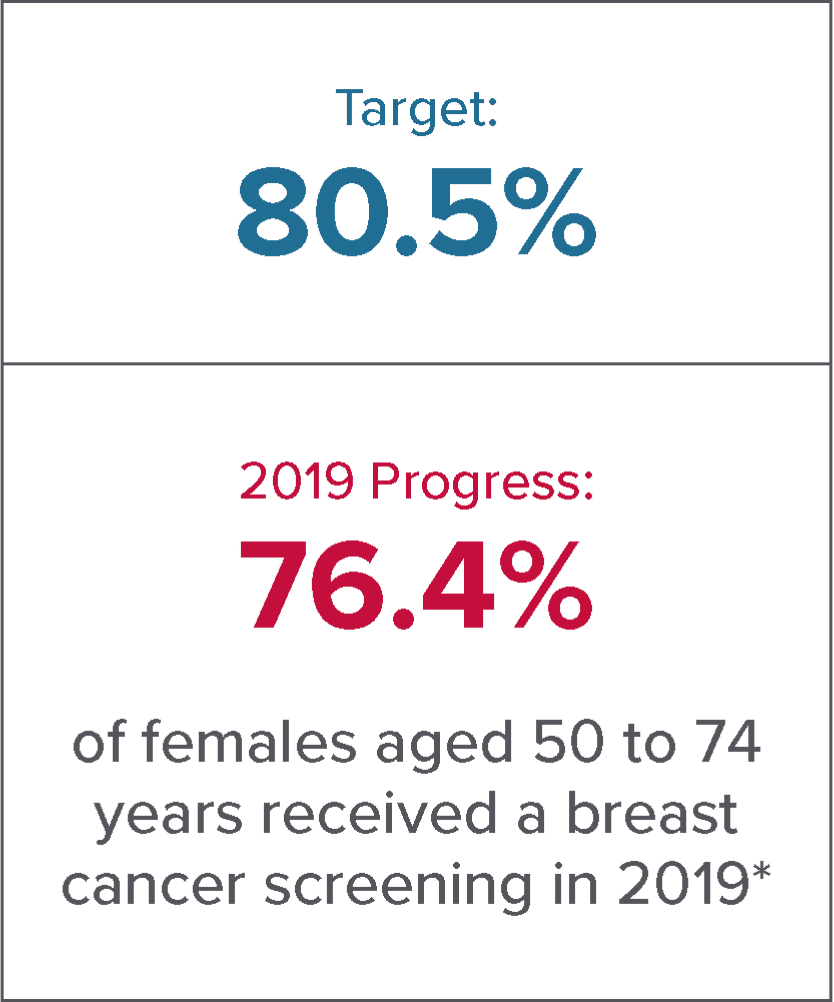
Reduce the female breast cancer death rate14
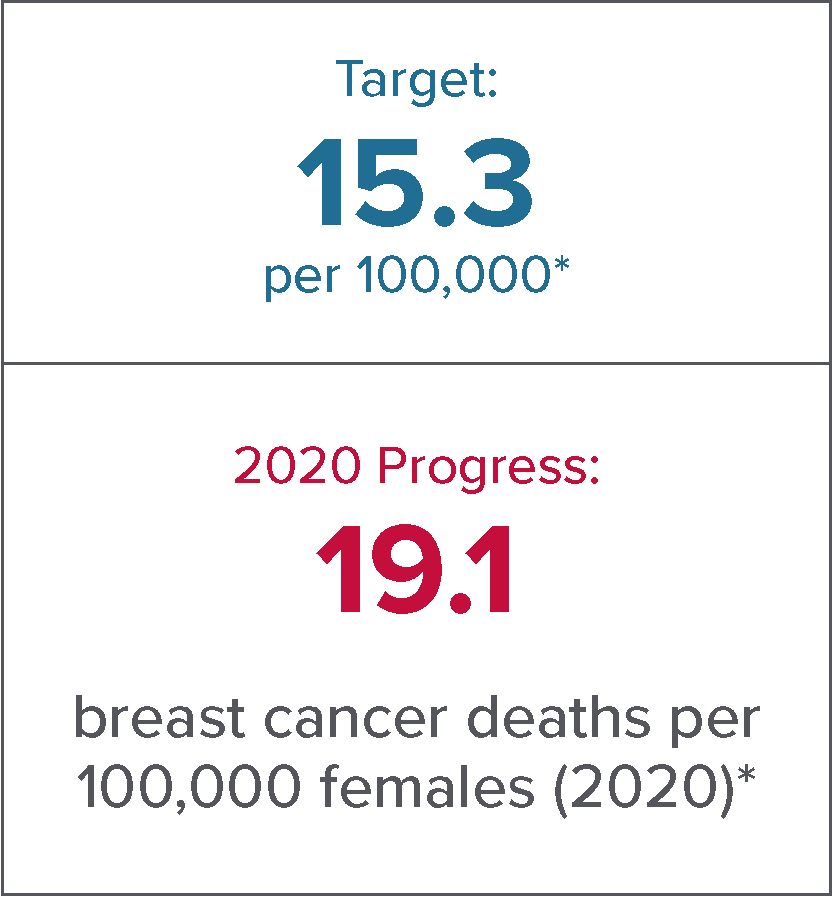
Gilead is dedicated to supporting work that helps close gaps in health outcomes among groups disproportionately affected by breast cancer

Engaged with researchers to compare the relative incidences of TNBC subtypes and diagnosis percentages of Black women vs White women15

Engaged in the discussion with thought leaders across the healthcare spectrum for a meeting titled “Racial Health Disparities: A Closer Look at Benefit Design”16
How can the healthcare disparity gap be closed?
AMCP = Academy of Managed Care Pharmacy; TNBC = triple-negative breast cancer.
We look forward to hearing from you and/or your organization
At Gilead, we are committed to removing barriers to healthcare. Together we can strive to ensure life-altering treatments reach every patient who needs them.
